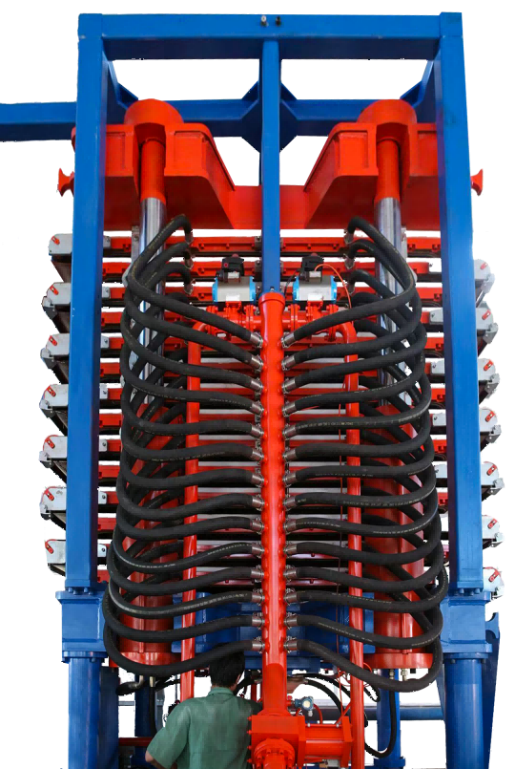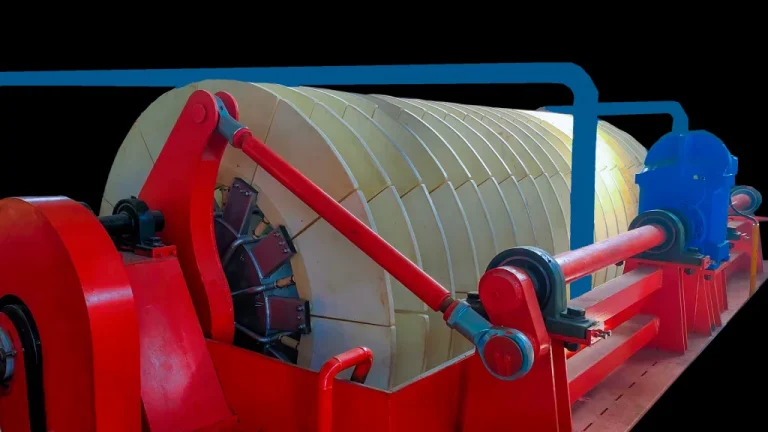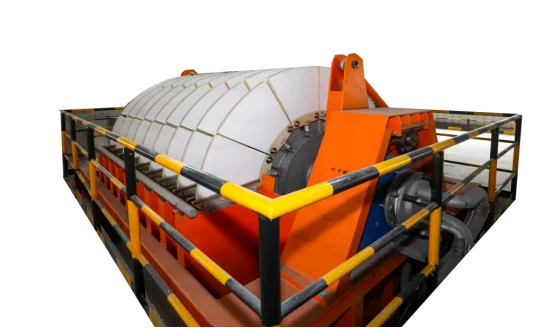
The Role of Ceramic Filters in Renewable Energy Systems
Introduction to Ceramic Filters in Renewable Energy
Керамические фильтры take a starring role in renewable energy setups. They focus on slick resource reclaiming and planet-friendly ways. These tools are built to sharpen how different tasks hum along with cutting-edge sifting fixes. Their use stretches across trades like wastewater cleanup, chemical crafting, and green energy ventures.
Advantages of Using Ceramic Filters for Sustainable Resource Recovery
Керамические фильтры bring a slew of perks that lock them in as key for green resource reclaiming. They’re famed for their toughness and knack for standing up to scorching heat. This keeps them steady in rough spots. Plus, they show off great chemical grit, fitting them for taming harsh stuff common in factory work. Another big win is their power to sift sharp while keeping running costs low.
Applications of Ceramic Filters in Renewable Energy Projects
The all-around nature of ceramic filters lets them slot into heaps of green energy gigs. Take biogas plants, for example. They’re widely used there to yank out nasties like hydrogen sulfide and dampness from gas flows. In solar heat power hubs, ceramic filters keep heat-moving fluids pure. This bumps up system efficiency. They also pitch in big on handling wastewater kicked out during biofuel making.
Technological Insights into Ceramic Filter Design
Materials Used in the Fabrication of Ceramic Filters
Ceramic filters get shaped from stuff like alumina, silicon carbide, and zirconia. These picks shine for their special traits—high strength and grit against wear and rust. What gets used hinges on the job’s needs, like heat endurance or chemical fit.
Mechanism of Filtration in Ceramic Filters
The sifting action in ceramic filters mixes physical and chemical moves. As fluid rolls through the holey ceramic build, solid bits get snagged in the gaps. Clean liquid or gas slips through after. This trick splits out junk without mucking up the filtered stuff’s quality.
Innovations in Ceramic Filter Technology for Enhanced Performance
Lately, ceramic filter tech has zeroed in on boosting sifting sharpness and stretching use time. New twists include nano-coatings that perk up surface traits and cut gunk buildup. Plus, piece-by-piece designs have popped up. They make upkeep and scaling for big jobs a breeze.
Sustainable Resource Recovery with Ceramic Filters
Wastewater Treatment and Reuse Using Ceramic Filters
Ceramic filters stand tall in wastewater cleanup. They pull out floating solids, germs, and other junk from water streams. This hits legal marks and lets treated water loop back for factory or farm use.
Removal of Pollutants Through Advanced Filtration Techniques
Top-tier sifting moves in ceramic filters nab tiny bits and melted-in grime that old ways might skip. This knack shines for trades wrestling with risky waste or needing super-clean water.
Integration of Ceramic Filters in Decentralized Water Treatment Systems
Small-scale water cleanup setups lean hard on ceramic filters. Their small size and sharp efficiency make them gold. These rigs dish out budget-friendly fixes for towns or spots far from big cleanup hubs.
Yantai Hexin Environmental Protection Equipment Co., Ltd., parked in YEDA Yantai City, Shandong Province, crafts sifting gear like ceramic filters with over 20 years of know-how.
Benefits of Ceramic Filters for Environmental Sustainability
Reduction of Environmental Impact with Low-Cost Solutions
Ceramic filters cut nature’s hit with wallet-easy answers. They’re shaped to trim waste and sharpen how resources get used. This makes them a green pick across trades. Their grit in tough spots keeps performance steady. Industries can hit green rules without losing steam. Plus, ceramic filters help slash greenhouse gas puffs. They enable cleaner runs in biogas making and wastewater cleanup.
Long Lifespan and Maintenance Advantages of Ceramic Filters
A top perk of ceramic filters is how long they hang in there. Crafted from hardy stuff like alumina and silicon carbide, they fend off wear and rust like champs. This toughness means fewer swaps, chopping long-term costs. They need little fuss too, thanks to their solid build and self-cleaning tricks. Nano-coatings amp up their staying power even more. They block gunk and crust from piling on.
Contribution to Circular Economy through Resource Recovery
Ceramic filters pitch in big to the circular economy by pulling goodies from waste flows. In wastewater plants, they snag treasures like phosphorus and nitrogen. These can turn into farm fertilizers. In green energy setups, they clean biogas by yanking out junk like hydrogen sulfide. This makes it a solid clean fuel. By pushing reuse, these filters cut the need for fresh materials and back green growth.
Challenges and Future Developments in Ceramic Filter Technology
Addressing Limitations in Current Ceramic Filter Applications
Even with all their wins, ceramic filters hit some snags that need fixing for bigger use. One hitch is their steeper starting price over old-school sifting rigs. Their long life and low upkeep offset this, but it’s still a hurdle for small outfits or tight-budget spots. Another snag is clogging risks with thick or grit-heavy fluids. Research keeps churning to craft designs that dodge these woes without dulling sifting power.
Research Trends and Emerging Technologies in Filtration Systems
Sifting tech is racing ahead to sharpen ceramic filter punch. Folks are digging into mixed materials blending ceramic strengths with plastics or metals for better sifting chops. Piece-by-piece filter builds are popping up too. They let you tweak and scale based on job needs. New tools like 3D printing are in play as well. They whip up tricky filter shapes that smooth flow and boost split efficiency.
Potential for Wider Adoption of Ceramic Filters in Renewable Energy
Ceramic filters hold huge promise in green energy gigs. They tackle tough conditions and deliver steady wins. In solar heat plants, they keep heat fluids pure, lifting system life and efficiency. In biofuel hubs, they handle wastewater slick while grabbing side goodies like glycerin or ethanol. As green energy spreads worldwide, the call for sharp sifting fixes like ceramic filters should climb big-time.

FAQs:
What are ceramic filters?
They’re high-end sifting tools made from stuff like alumina or silicon carbide. They’re built to split junk from liquids or gases clean and sharp.
How do ceramic filters contribute to environmental sustainability?
They cut waste, push resource reclaiming, and green up factory runs.
What industries benefit from using ceramic filters?
Trades like renewable energy, wastewater cleanup, chemical crafting, and biogas making get big lifts from them.
Are there challenges associated with using ceramic filters?
Yep, they’ve got high starting costs and can clog with thick fluids.
What innovations are improving ceramic filter technology?
New twists like mixed materials, piece-by-piece builds for scaling, and 3D-printed shapes juice up performance.
Янтай Гексин Экологическая защита оборудования Co., Ltd., crafts sifting gear like ceramic filters with over 20 years of know-how.









